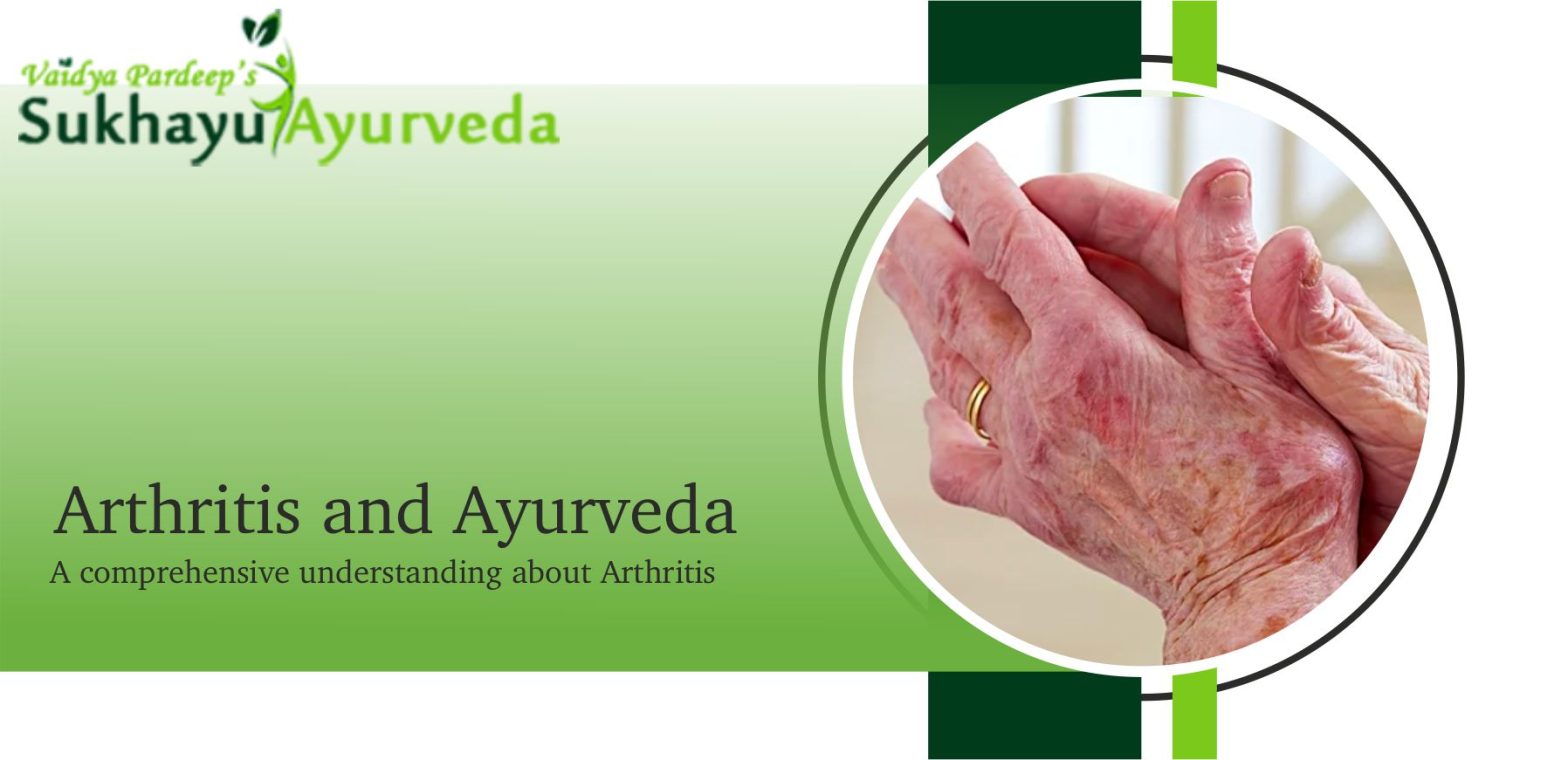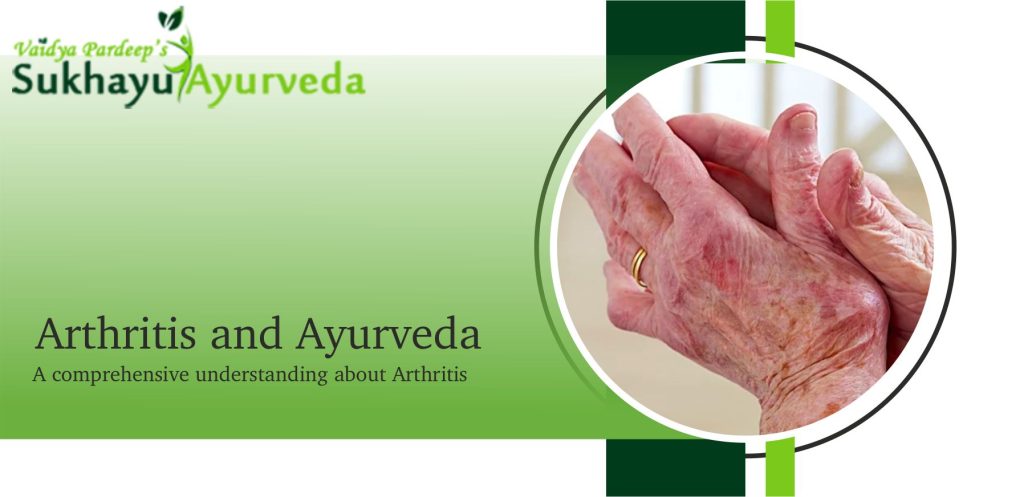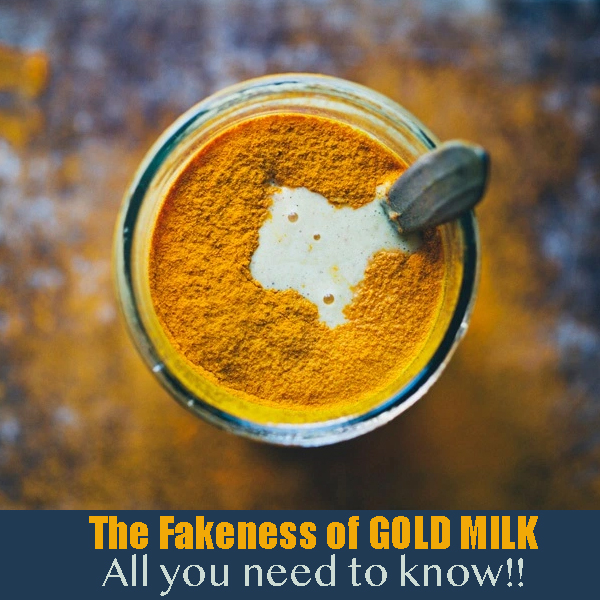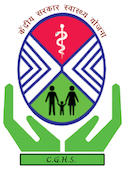Arthritis and Ayurveda

Arthritis and Ayurveda: Joint pain is a common condition that every person might’ve felt once in age time. The pain in the joints happens because of the many different reasons. It can be because of the thickening of the mucosal bags around the joints- bursitis, tearing up of the ligaments and muscles. But which is the most common condition is- inflammation in the joint cartilages and their decay. This is known as- Arthritis. Ayurveda considers these different types, in different conditions. All these conditions are well explained in Ayurveda.
Arthritis
Arthrum is a Greek word denoting a joint, and “itis” is for inflammation. So in common words, arthritis is an inflammatory response of the joint spaces. This can happen in any of the joints, including the smallest and least used joints, like the smallest joint between the incus and stapedius bones of the middle ear with the least moving joint. Or can happen in large joints like the knee joint.

So wherever the two bones meet, inflammation appears, and this condition is known as arthritis.
Bones are strong and hard, so this doesn’t impact the bones (except the condition of Avascular Necrosis) and mostly these are cartilages which get this inflammation.
Why does inflammation occur in joints?
There are different reasons behind- arthritis. But we can divide these in three categories:
- Damage to the cartilages due to wear and tear- Osteoarthritis.
- Autoimmune conditions where immune system eats up the cartilages- Rheumatoid Arthritis, Psoriatic Arthritis or Lupus like conditions.
- Deposition of the wastes in joints: gout arthritis (due to deposition of the crystals of the uric acid).
Most of the conditions of joint pain (arthritis) fall in this category.
Signs and Symptoms of Arthritis: A New Link
Joints and Ayurveda
Ayurveda talks about each and every condition in context to Dosha, Dhatus and Malas only. So we need to look at the condition from same perspective only. Before understanding the pathology or abnormality we need to know about the normal condition.
Doshas and Joints
There cannot be a single cell or molecule in the human body that doesn’t have all the three dosas and this is applicable to the joints also.
Vata Dosha and Joints:
Because movement is the basic principle of the joints so obviously, Vata dosha is involved in the joints. Vata Dosha is the one which decides and controls the movements. Every activity in the human body relates to Vata Dosha
Pitta Dosha:
No direct metabolic activity takes places in the joints therefore joints don’t have a direct relation to the Pitta Dosha.
Kapha Dosha:
Where movement takes place, there will be erosion of the surfaces, which leads to decay of the surfaces.. To balance this erosion, it is important to have an unctuous and oily substance. This work is done by Shleshmaka type of Kapha which lubricates the joints.
So in nutshell- Vata and Kapha are the main doshas in the joints and role of Pitta is least.
Dhatus and Joints
As per Ayurveda, there are seven Dhatus. Rasa, Rakta, Mamsa, Medasa, Asthi, Majja and Shukra Dhatus. Among these Asthi and Majja are two which directly involve in the joints.
Bone itself is Asthi Dhatu and because two bones together make a joints so we can’t ignore the role of the Asthi dhatu.
Majja is located in two places- in the hollow cavities of the bones and in the joints – as per Ayurveda.
This is the reason, we need to consider these two Dhatus in the physiology of the joints.
After this now we can better understand the complex condition of the Arthritis in terms of doshas and dhatus.
Arthritis and Ayurveda
So when –
Vata increases (decay of structures with in the joints take place) and Kapha Dosha decreases – the smooth and greasy substance reduces- then Pitta comes in the scene which should not be there and it causes inflammation in the joints.
This is the simplest “dosha” language which can explain the Arthritis.
Because Vata is the main dosha in the joints. And amazingly, the Vata dosha resides in the Asthi and Majja Dhatu, therefore the chances of the decay are really very high in the joints.
Ayurveda also talks about the different types of the joint problems as per the pathology, alike western sciences. There are few conditions which talk about the joint problems over all-
- Sandhivata: This is a condition where excessive Vata dosha starts decaying the joints by causing severe wear and tear in the joints. This directly relates to the condition of osteoarthritis.
- Amavata: A set of diseases where toxins start accumulating in the joints and this leads to the damage and distortion of the joints.
- Vatarakta: This relates to the complex immune-related pathologies which damage the joints overall.
So Ayurveda recognizes the condition of arthritis properly, likewise the modern-day conventional system of treatment.
Foods that are bad for Rheumatoid Arthritis
Where does Ayurveda Differ from Allopathy about Arthritis
The Western approach is mostly related to the suppression of the signs and symptoms by reducing the inflammatory changes. The patient feels relieved of the symptoms and keeps on working regularly. But deep inside the joint, the inflammatory process is still going on and this condition regularly keeps on eating up the joints. And in the end, the final verdict is the Joint replacement. Nobody discusses the complications related to joint replacement.
Opposite to this, Ayurveda talks about the reversal of the pathological process. The main focus overall is to cure the problem behind the signs and symptoms. This process is lengthy and needs more perseverance and patience. No doubt you might need to face pain for a few extra days, but pain and deformity can be avoided forever. So the treatment of arthritis and the Ayurveda approach can help millions of patients out there get back the pain-free lives.
Rather, I have detailed the effectiveness of the Ayurvedic treatment for arthritis (click to read)














